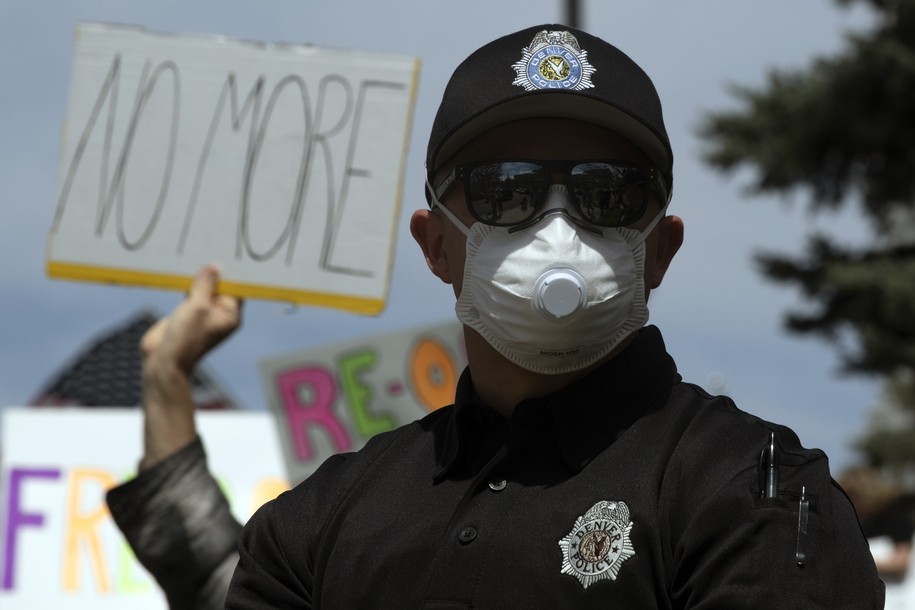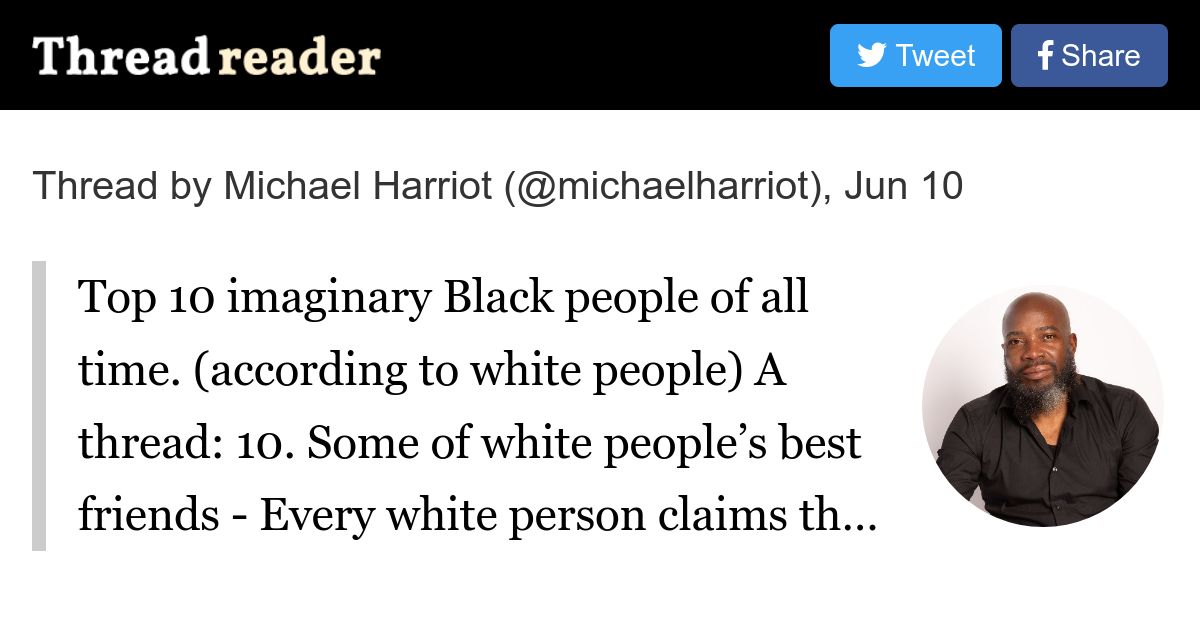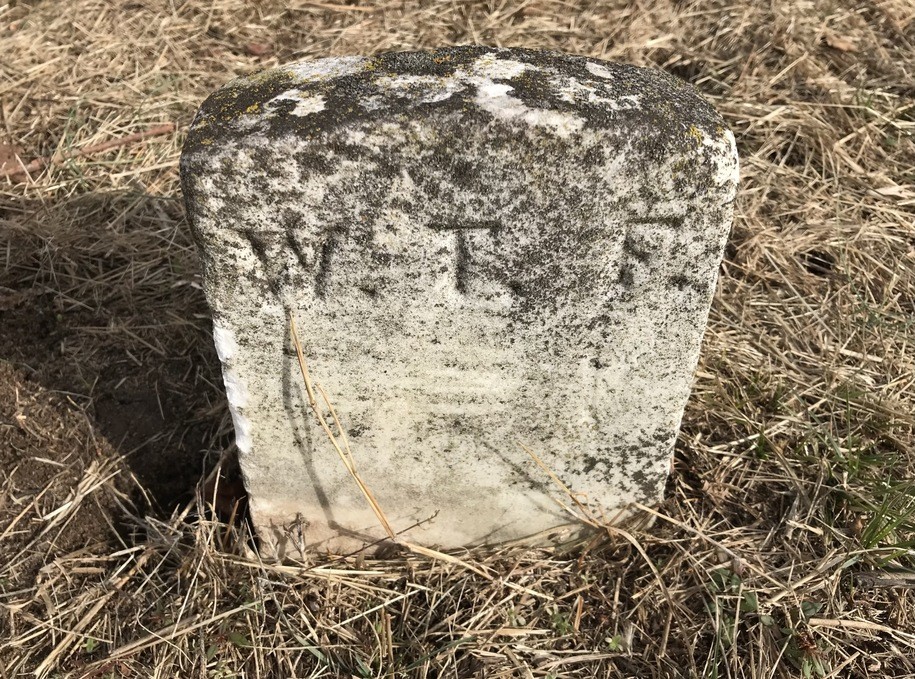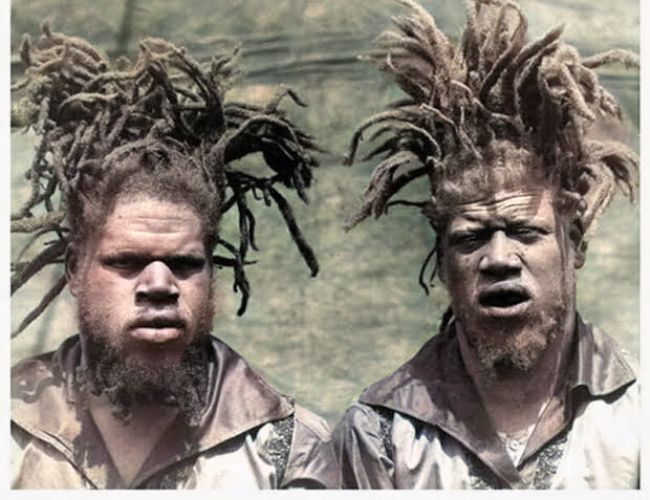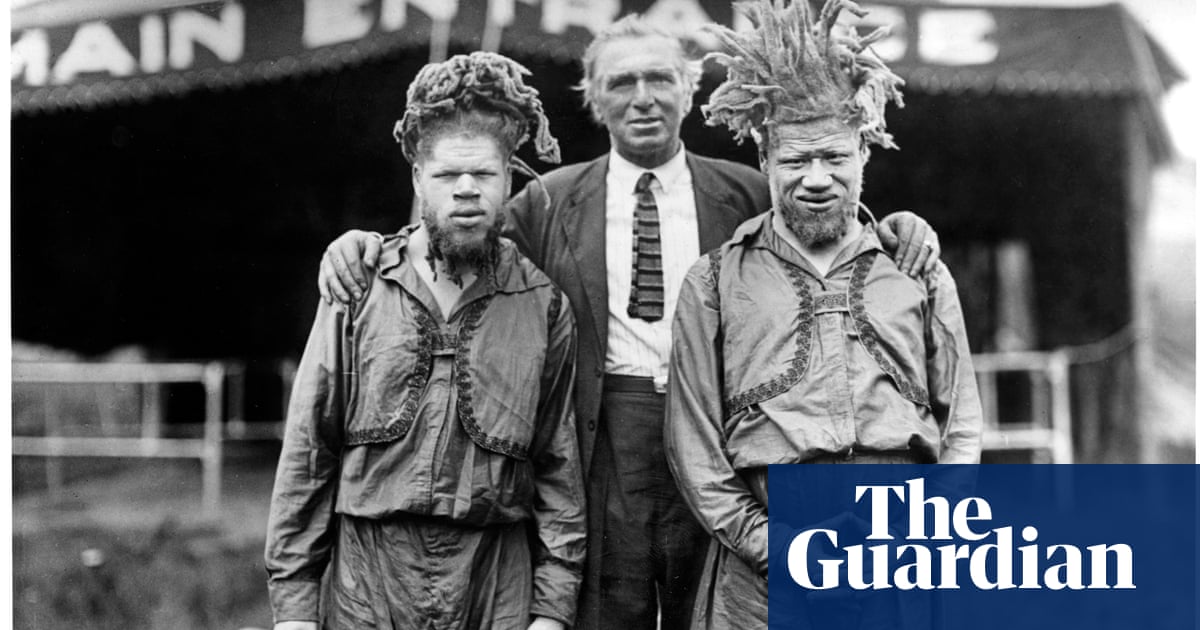In the trailer for one of Christopher Rufo’s early documentaries, a shot of a rural villager driving a donkey cart cuts to scenes of a downtown Chinese cityscape, then a baseball diamond. “Two cultures in Western China are in deep conflict. Living in complete segregation, can they put aside their differences in the name of baseball?” the narrator asks. “Diamond in the Dunes,” a PBS documentary Rufo directed in 2009, serves as a reminder of the radical transformation the young filmmaker turned far-right activist has undergone in the past several years. Long gone are the days when Rufo championed the coming together of Uyghurs and ethnic Chinese in a campy multiculturalist tribute to America’s favorite pastime.
Today, Rufo is credited as the main architect of conservatives’ weaponization of critical race theory, using his skills as a director and investigative researcher to stoke panic in the GOP base, while simultaneously using critical race theory as a catalyst to introduce curriculum-altering bills in state legislatures across the country.
Early this year, Rufo was appointed by Florida Gov. Ron DeSantis to serve on the board of the New College of Florida, and he appeared at the Republican governor’s signing of the Stop Wrongs to Our Kids and Employees — or WOKE — Act, which bans discussions about certain forms of discrimination in work spaces and schools. He is a senior fellow at the conservative Manhattan Institute and regularly appears on cable and independent media to attack Disney for its queer and multiracial excesses, stoke fears about LGBTQ “groomers,” and attack gender affirming health care.
As Rufo’s efforts to fuel the culture war tearing America’s society at the seams grew, so too did the money pouring into the organization that produced “Diamond in the Dunes.” The Documentary Foundation, a tax-exempt nonprofit, received millions of dollars, including hundreds of thousands in untraceable cash, at the same time that it propped up a new right-wing media venture.
The organization brought in just under $2 million in 2021, and it paid Rufo a salary of over $300,000, according to its tax filing. At least one-third of that money came from donor-advised funds, or DAFs, according to The Intercept’s review of records filed with the IRS. DAFs are investment accounts that receive and distribute charitable donations and are common sources of funding for nonprofits, including for The Intercept. But they are not required to disclose the connection between donors who pay into the fund and the final destination of their charitable gift, which can make it almost impossible to trace.
Leonard Leo, the conservative legal activist who has played a key role in pushing the federal judiciary to the right, has similarly employed DAFs in his political project, as the New York Times reported last month.
In an email, Rufo told The Intercept that he “wound down operations for the Documentary Foundation last year,” and pointed to a recent article in which he wrote that he “founded a new nonprofit corporation in Washington State.”
The Documentary Foundation had not released a feature-length documentary since 2019, the PBS film “America Lost,” though it continued to pay him a salary.
Additionally, tax records show, the Documentary Foundation is the primary funder of National Progress Alliance, a right-wing media nonprofit with the declared mission of restoring “free speech and open inquiry as non-partisan values” and revealing “the implications of a far-left ideological takeover.” Like the videos Rufo now posts to YouTube every month, the content produced by the National Progress Alliance tends to focus on race, transgender health care, and education.
Rufo confirmed that the Documentary Foundation served as a fiscal sponsor for the National Progress Alliance, which did not respond to a request for comment.
Rufo’s salary and donations to the National Progress Alliance comprised the overwhelming majority of the Documentary Foundation’s $1.3 million in spending in 2021. The Documentary Foundation was administratively dissolved and became inactive in February of this year, according to a filing with the Washington Secretary of State’s office, and its 2022 tax filings are not yet available.
For the past few years, Rufo has elevated critical race theory: an academic discipline that studies how racism shapes public policy. In 2020, he appeared on Tucker Carlson Tonight and declared that critical race theory had “become, in essence, the default ideology of the federal bureaucracy and is now being weaponized against the American people.” Rufo’s appearance prompted President Donald Trump to issue an executive order banning racial sensitivity training for federal employees.
Rufo has said that he seeks to maximize voters’ anxieties around gender issues and is forward with his intentions to manipulate public perception for political gain. “The goal is to have the public read something crazy in the newspaper and immediately think ‘critical race theory,’” Rufo wrote on Twitter in 2021. “We have decodified the term and will recodify it to annex the entire range of cultural constructions that are unpopular with Americans.”
He is credited with catalyzing bills banning the discussion of sexual orientation in Florida and Texas, and his attacks on public school curriculum are laying the groundwork for widespread educational privatization.
Randi Weingarten, president of the American Federation of Teachers, wrote in Time magazine last year that Rufo’s endgame “is to destabilize public education and replace it with a universal, unregulated voucher system which would increase segregation and exacerbate already wide gaps between the rich and the rest of us.”
The National Progress Alliance is overseen by Executive Director Peter Boghossian, a former Portland State University professor who resigned in 2021 over what he described as a prolonged harassment campaign against him and his research projects, and the transformation of the school into a “Social Justice factory.” Boghossian’s recent work is a far cry from his position on the Republican Party just a few years ago: In 2016, Boghossian penned an article decrying Donald Trump as an existential threat over his climate denialism and disregard for environmental issues. “Trump and [the] Republican Party literally threaten the existence of our species. While this statement may sound alarming, it’s not in the least alarmist.”
Since its founding, the National Progress Alliance has produced videos by “Author and 5th-degree jiu-jitsu black belt Matt Thornton” on “Violence, Antifa, and BLM” in addition to man-on-the-street interviews in socially conservative Romania and Hungary. The organization has also featured “powerful testimony from a molecular geneticist” attacking the rights of transgender people to exist.
Rufo’s rise in conservative media and politics has coincided with increased donations to his nonprofit: In 2020, the Documentary Foundation’s total revenue was $155,353, according to tax filings. In 2021, the year after he broke into the mainstream, that number increased by more than a factor of 10 to $1,991,274. Before that, the organization’s peak revenue was $425,121 in 2013, with a low of $36,735 in 2018, according to tax records.
Asked about the organization’s 2021 revenue, Rufo said, “Much of this was for a fiscal sponsorship, not fundraising by or for the Documentary Foundation. In addition, I was working for Discovery Institute for much of 2020, which accounts for the lower amount of fundraising relative to the following year, when I was actively working on Documentary Foundation initiatives.” He described that work as “a range of research, publication, production, and distribution work across 2020 and 2021, including the PBS documentary America Lost and work on homelessness, mental illness, drug addiction, and critical race theory.”
The funding has poured in from a variety of conservative foundations. The aforementioned Discovery Institute, a Seattle-based nonprofit advocating for the anti-evolution concept of “intelligent design,” donated $225,000 in 2021. In 2020 and 2021, the Conru Foundation, backed by Adult FriendFinder founder Andrew Conru, donated a total of $50,000, while other individual linked charities including the McCarthy Family Charitable Foundation, the Lynde and Harry Bradley Foundation, and the Thomas W. Smith Foundation donated a combined sum of over $100,000.
The Documentary Foundation’s largest donors, however, are donor-advised funds. In 2021, the single largest donor identifiable in public IRS records was the Fidelity Charitable Gift Fund, which contributed $496,995. In total, DAFs funneled at least $670,000 to Rufo’s nonprofit that year. The Documentary Foundation went on to donate almost that same exact amount — $690,000 — to the National Progress Alliance in 2021, the year it was founded, according to a tax filing. That’s almost all of the organization’s total revenue of $704,150 that year.
Asked about who advised on its half-million-dollar donation, Fidelity spokesperson Yakub Mohamed said that the fund does not comment on individual donors for privacy reasons.
The other DAFs that contributed to the Documentary Foundation are Schwab Charitable, Vanguard Charitable, the American Endowment Foundation, the Greater Houston Community Foundation, and the American Online Giving Foundation.
Schwab, one of the DAFs that received and distributed money to and from organizations tied to Leonard Leo, has lobbied the IRS to maintain the practice of shielding investors from scrutiny. “Schwab Charitable is cause neutral and does not interfere with a donor’s recommendation to a charity that is deemed eligible by the IRS and state regulators,” Grace Connoly, a spokesperson for Schwab told The Intercept. “Grants recommended by donors do not reflect the values or beliefs of Schwab Charitable or its management. We encourage anyone with concerns about a charitable organization to contact the IRS.”
Spokespeople from Vanguard and the Greater Houston Community Foundation also cited cause neutrality in their responses to The Intercept. The other DAFs that donated to Rufo did not respond to requests for comment.
“All donations made through donor-advised funds are reported in detail to the IRS,” Rufo wrote to The Intercept. “The idea that they are ‘untraceable’ is simply not true.”
Under U.S. tax code, charities must collect donations from a diverse set of donors to maintain tax-exempt status, though DAFs are a way for a single donor to provide most of an organization’s funding without causing it to forfeit its charitable status, said Roger Colinvaux, a professor of tax law at Catholic University.
“Some people use DAFs as a dark-money facilitator, but there are other ways to anonymize, so it’s not like DAFs are the only way to make large anonymous donations,” Colinvaux said. “One thing that could be happening with Leonard Leo or Chris Rufo, if they receive money through a DAF, and the DAF gives money to a charity, then that can help the charity to qualify as a public charity instead of as a private foundation.”
Today, Rufo is credited as the main architect of conservatives’ weaponization of critical race theory, using his skills as a director and investigative researcher to stoke panic in the GOP base, while simultaneously using critical race theory as a catalyst to introduce curriculum-altering bills in state legislatures across the country.
Early this year, Rufo was appointed by Florida Gov. Ron DeSantis to serve on the board of the New College of Florida, and he appeared at the Republican governor’s signing of the Stop Wrongs to Our Kids and Employees — or WOKE — Act, which bans discussions about certain forms of discrimination in work spaces and schools. He is a senior fellow at the conservative Manhattan Institute and regularly appears on cable and independent media to attack Disney for its queer and multiracial excesses, stoke fears about LGBTQ “groomers,” and attack gender affirming health care.
As Rufo’s efforts to fuel the culture war tearing America’s society at the seams grew, so too did the money pouring into the organization that produced “Diamond in the Dunes.” The Documentary Foundation, a tax-exempt nonprofit, received millions of dollars, including hundreds of thousands in untraceable cash, at the same time that it propped up a new right-wing media venture.
The organization brought in just under $2 million in 2021, and it paid Rufo a salary of over $300,000, according to its tax filing. At least one-third of that money came from donor-advised funds, or DAFs, according to The Intercept’s review of records filed with the IRS. DAFs are investment accounts that receive and distribute charitable donations and are common sources of funding for nonprofits, including for The Intercept. But they are not required to disclose the connection between donors who pay into the fund and the final destination of their charitable gift, which can make it almost impossible to trace.
Leonard Leo, the conservative legal activist who has played a key role in pushing the federal judiciary to the right, has similarly employed DAFs in his political project, as the New York Times reported last month.
In an email, Rufo told The Intercept that he “wound down operations for the Documentary Foundation last year,” and pointed to a recent article in which he wrote that he “founded a new nonprofit corporation in Washington State.”
The Documentary Foundation had not released a feature-length documentary since 2019, the PBS film “America Lost,” though it continued to pay him a salary.
Additionally, tax records show, the Documentary Foundation is the primary funder of National Progress Alliance, a right-wing media nonprofit with the declared mission of restoring “free speech and open inquiry as non-partisan values” and revealing “the implications of a far-left ideological takeover.” Like the videos Rufo now posts to YouTube every month, the content produced by the National Progress Alliance tends to focus on race, transgender health care, and education.
Rufo confirmed that the Documentary Foundation served as a fiscal sponsor for the National Progress Alliance, which did not respond to a request for comment.
Rufo’s salary and donations to the National Progress Alliance comprised the overwhelming majority of the Documentary Foundation’s $1.3 million in spending in 2021. The Documentary Foundation was administratively dissolved and became inactive in February of this year, according to a filing with the Washington Secretary of State’s office, and its 2022 tax filings are not yet available.
For the past few years, Rufo has elevated critical race theory: an academic discipline that studies how racism shapes public policy. In 2020, he appeared on Tucker Carlson Tonight and declared that critical race theory had “become, in essence, the default ideology of the federal bureaucracy and is now being weaponized against the American people.” Rufo’s appearance prompted President Donald Trump to issue an executive order banning racial sensitivity training for federal employees.
Rufo has said that he seeks to maximize voters’ anxieties around gender issues and is forward with his intentions to manipulate public perception for political gain. “The goal is to have the public read something crazy in the newspaper and immediately think ‘critical race theory,’” Rufo wrote on Twitter in 2021. “We have decodified the term and will recodify it to annex the entire range of cultural constructions that are unpopular with Americans.”
He is credited with catalyzing bills banning the discussion of sexual orientation in Florida and Texas, and his attacks on public school curriculum are laying the groundwork for widespread educational privatization.
Randi Weingarten, president of the American Federation of Teachers, wrote in Time magazine last year that Rufo’s endgame “is to destabilize public education and replace it with a universal, unregulated voucher system which would increase segregation and exacerbate already wide gaps between the rich and the rest of us.”
The National Progress Alliance is overseen by Executive Director Peter Boghossian, a former Portland State University professor who resigned in 2021 over what he described as a prolonged harassment campaign against him and his research projects, and the transformation of the school into a “Social Justice factory.” Boghossian’s recent work is a far cry from his position on the Republican Party just a few years ago: In 2016, Boghossian penned an article decrying Donald Trump as an existential threat over his climate denialism and disregard for environmental issues. “Trump and [the] Republican Party literally threaten the existence of our species. While this statement may sound alarming, it’s not in the least alarmist.”
Since its founding, the National Progress Alliance has produced videos by “Author and 5th-degree jiu-jitsu black belt Matt Thornton” on “Violence, Antifa, and BLM” in addition to man-on-the-street interviews in socially conservative Romania and Hungary. The organization has also featured “powerful testimony from a molecular geneticist” attacking the rights of transgender people to exist.
Rufo’s rise in conservative media and politics has coincided with increased donations to his nonprofit: In 2020, the Documentary Foundation’s total revenue was $155,353, according to tax filings. In 2021, the year after he broke into the mainstream, that number increased by more than a factor of 10 to $1,991,274. Before that, the organization’s peak revenue was $425,121 in 2013, with a low of $36,735 in 2018, according to tax records.
Asked about the organization’s 2021 revenue, Rufo said, “Much of this was for a fiscal sponsorship, not fundraising by or for the Documentary Foundation. In addition, I was working for Discovery Institute for much of 2020, which accounts for the lower amount of fundraising relative to the following year, when I was actively working on Documentary Foundation initiatives.” He described that work as “a range of research, publication, production, and distribution work across 2020 and 2021, including the PBS documentary America Lost and work on homelessness, mental illness, drug addiction, and critical race theory.”
The funding has poured in from a variety of conservative foundations. The aforementioned Discovery Institute, a Seattle-based nonprofit advocating for the anti-evolution concept of “intelligent design,” donated $225,000 in 2021. In 2020 and 2021, the Conru Foundation, backed by Adult FriendFinder founder Andrew Conru, donated a total of $50,000, while other individual linked charities including the McCarthy Family Charitable Foundation, the Lynde and Harry Bradley Foundation, and the Thomas W. Smith Foundation donated a combined sum of over $100,000.
The Documentary Foundation’s largest donors, however, are donor-advised funds. In 2021, the single largest donor identifiable in public IRS records was the Fidelity Charitable Gift Fund, which contributed $496,995. In total, DAFs funneled at least $670,000 to Rufo’s nonprofit that year. The Documentary Foundation went on to donate almost that same exact amount — $690,000 — to the National Progress Alliance in 2021, the year it was founded, according to a tax filing. That’s almost all of the organization’s total revenue of $704,150 that year.
Asked about who advised on its half-million-dollar donation, Fidelity spokesperson Yakub Mohamed said that the fund does not comment on individual donors for privacy reasons.
The other DAFs that contributed to the Documentary Foundation are Schwab Charitable, Vanguard Charitable, the American Endowment Foundation, the Greater Houston Community Foundation, and the American Online Giving Foundation.
Schwab, one of the DAFs that received and distributed money to and from organizations tied to Leonard Leo, has lobbied the IRS to maintain the practice of shielding investors from scrutiny. “Schwab Charitable is cause neutral and does not interfere with a donor’s recommendation to a charity that is deemed eligible by the IRS and state regulators,” Grace Connoly, a spokesperson for Schwab told The Intercept. “Grants recommended by donors do not reflect the values or beliefs of Schwab Charitable or its management. We encourage anyone with concerns about a charitable organization to contact the IRS.”
Spokespeople from Vanguard and the Greater Houston Community Foundation also cited cause neutrality in their responses to The Intercept. The other DAFs that donated to Rufo did not respond to requests for comment.
“All donations made through donor-advised funds are reported in detail to the IRS,” Rufo wrote to The Intercept. “The idea that they are ‘untraceable’ is simply not true.”
Under U.S. tax code, charities must collect donations from a diverse set of donors to maintain tax-exempt status, though DAFs are a way for a single donor to provide most of an organization’s funding without causing it to forfeit its charitable status, said Roger Colinvaux, a professor of tax law at Catholic University.
“Some people use DAFs as a dark-money facilitator, but there are other ways to anonymize, so it’s not like DAFs are the only way to make large anonymous donations,” Colinvaux said. “One thing that could be happening with Leonard Leo or Chris Rufo, if they receive money through a DAF, and the DAF gives money to a charity, then that can help the charity to qualify as a public charity instead of as a private foundation.”


